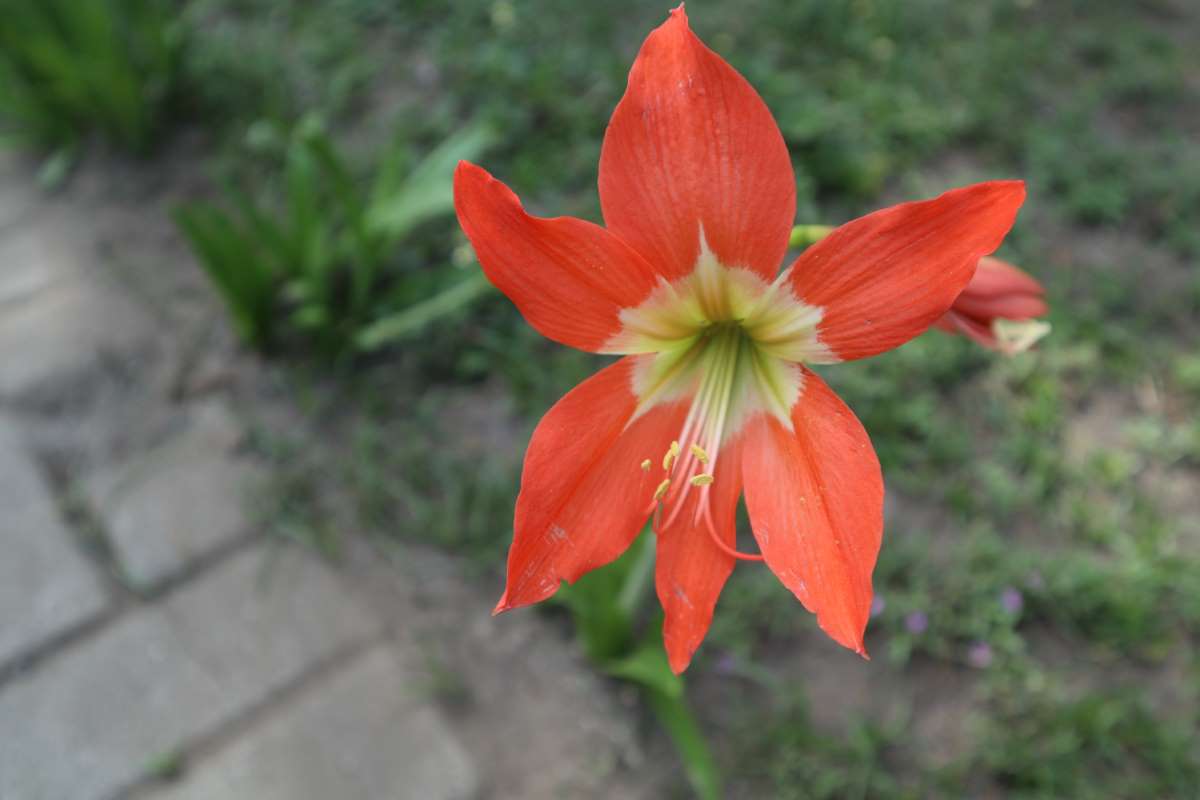Description
Hippeastrum – Amaryllis – Barbados Lily –
There are about 80 species of bulbous perennials, in this genus. They occur in Central and South America, in habitats ranging from stream banks to rocky hillsides, from sea level to subalpine regions. Umbels of showy, funnel shaped flowers are borne on leafless stems, mainly from winter to spring. Semi erect, strap shaped, light to mid green or gray-green, basal leaves develop with or just after the flowers, or are evergreen. Many large flowered hybrids have been bred for cultivation in containers. These usually produce one or multi stems bears 4-6 bold, open funnel shaped flowers, up to 12″ across, atop of hollow stems. The strap shaped, deep green leaves, 18″ long. Smaller hybrids are also available. Where not hardy, grow as houseplants or in a warm greenhouse or conservatory. Popular Christmas decorations.
Plant bulbs with the neck and shoulders above the soil surface in autumn. Indoors, grow is soil-based potting mix in a pot 2″ larger than the diameter of the bulb, at minium of 55 degrees Fahrenheit. Provide bottom heat while the roots are developing. Place in full or bright light and water sparingly until rapid growth begins. Delay and prolong flowering by keeping at minium temperatures, away from full light.
After flowering, remove flower stems and apply a balanced liquid fertilizer every 2 weeks for 3-5 months while foliage grows. As the foliage matures in mid summer, water less. From late summer to autumn, keep just moist (evergreens) or completely dry, allowing the bulbs to go dormant for at least 8 weeks. (If bulbs are water freely, the leaves will stay green, and the bulbs may not go fully dormant, reducing the possibility of flowering) . Top dress or repot, and start into growth again. Allow 4-8 weeks to bloom. Amaryllis resent root disturbance, pot on every 3-5 years, in autumn. Remove offsets to encourage large, single bulbs, left attached, large clumps will eventually form. The species and smaller hybrids are especially attractive when grown in clumps.
Prone to bacterial rots, fungal rots, leaf spots, viruses and narcissus bulb fly.
H. puniceum – This bulbous perennial found from Mexico South to Chile and Brazil grows 20″ tall. It produces mid green leaves, to 1 ½” long, appearing after the flowers. In summer it bears umbels of funnel shaped, bright red, scarlet, or pink flowers, 4″ across, with green-yellow throats.
Zones 14-15





